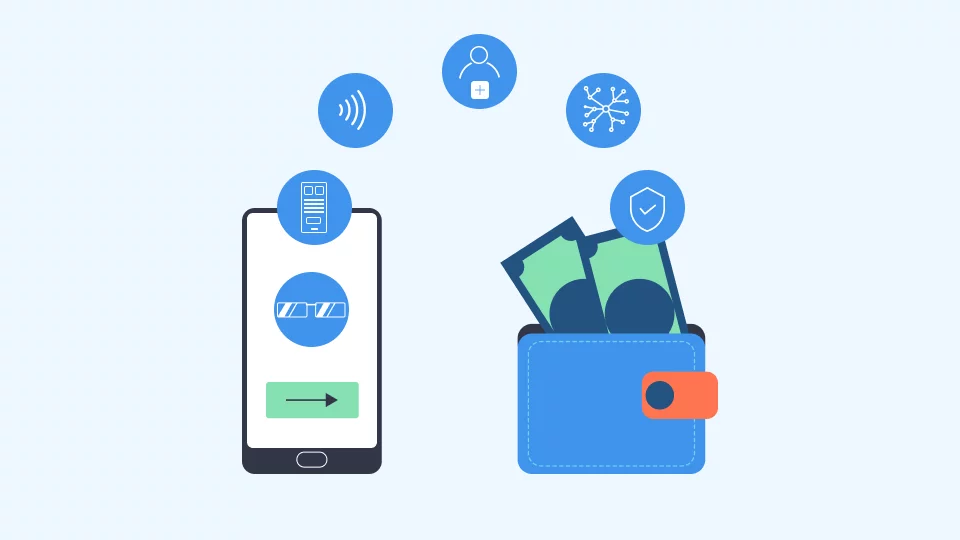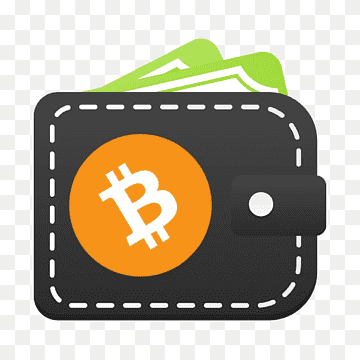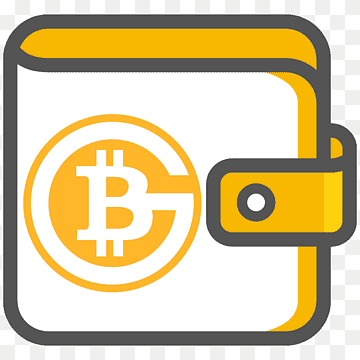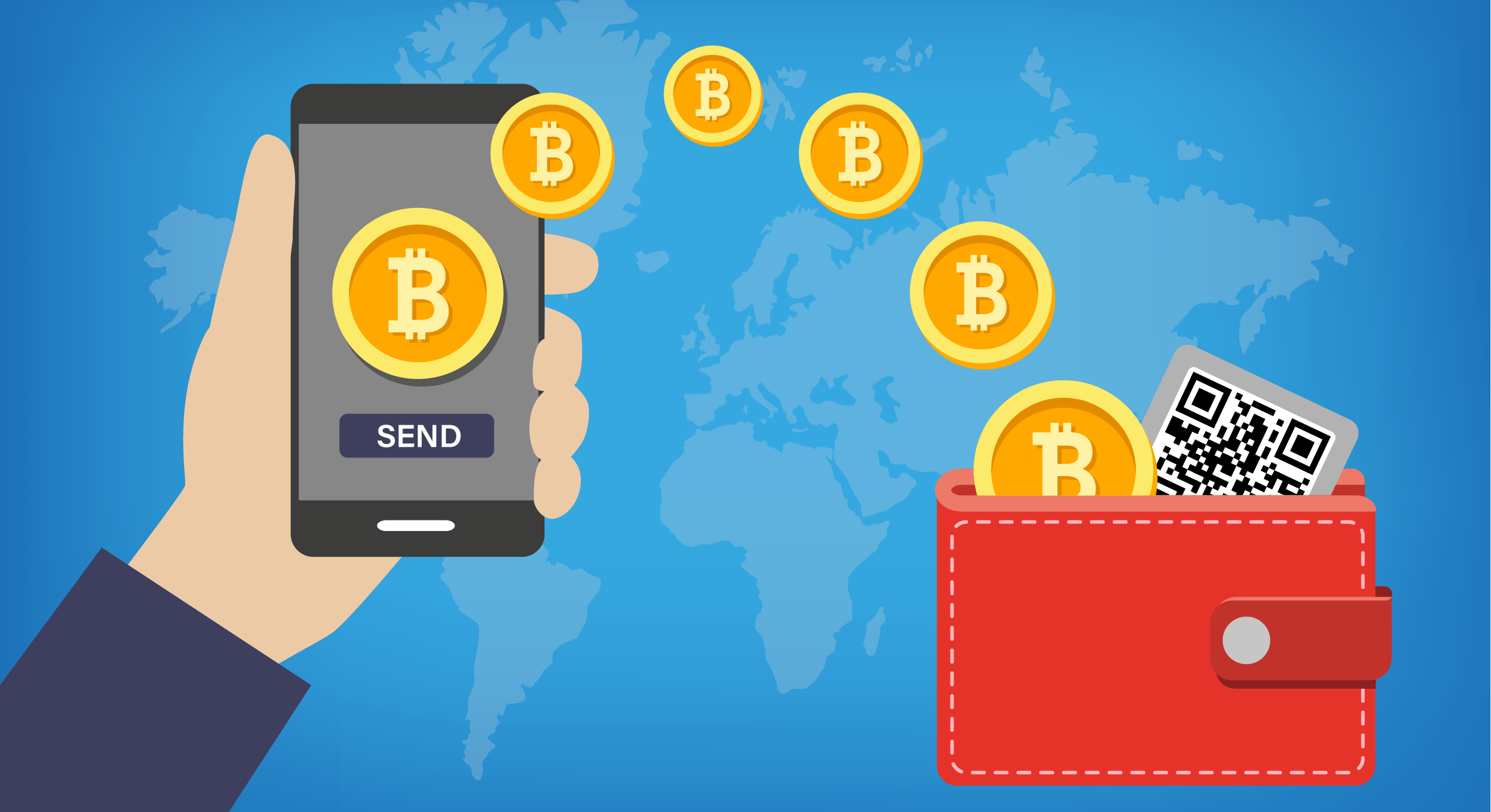Understanding Multisignature Wallets And How It Enhances Security in Cryptocurrency Transactions
Cryptocurrency wallets are essential tools for managing digital assets, providing users with a secure means of storing, sending, and receiving cryptocurrencies. One innovative type of wallet that has gained prominence for its enhanced security features is the multisignature wallet. In this comprehensive guide, we’ll delve into the concept of multisignature wallets, exploring how they work, their advantages, and the role they play in safeguarding digital assets.
What is a Multisignature Wallet?

A multisignature wallet, often referred to as a multisig wallet, is a type of cryptocurrency wallet that requires multiple private keys to authorize and complete a transaction. Unlike traditional wallets that are single-signature, meaning only one private key is needed to access and control the funds, multisignature wallets distribute control across multiple keys.
In a multisignature setup, a predefined number of signatures or private keys (m-of-n) are required to authorize a transaction. This m-of-n approach allows users to customize the level of security they desire. For example, a 2-of-3 multisignature wallet would require two out of three private keys to approve and execute a transaction.
Multisignature wallet perks:
✅ Boost attack resilience
✅ No reliance on a single device
✅ Reduce dependence on one userHere's a video to explain how it all works 👇 pic.twitter.com/73LhetTsu3
— Theya Inc (@TheyaBitcoin) September 8, 2023
How Does a Multisignature Wallet Work?

The operation of a multisignature wallet involves a collaborative process among the authorized parties, each holding a unique private key. Let’s break down the key components of how multisignature wallets work:
1. Key Generation:
- Multiple private keys are generated, and corresponding public keys are derived from them. These keys are distributed among the authorized users or devices participating in the multisignature arrangement.
2. Address Creation:
- An address is generated from the combined public keys of the multisignature setup. This address becomes the destination for receiving funds and is associated with the multisignature wallet.
3. Transaction Authorization:
- When a user initiates a transaction from the multisignature wallet, the transaction details are created and presented for approval.
- To authorize the transaction, the required number of authorized private keys must provide their signatures.
4. Signature Verification:
- The signatures are verified against the public keys associated with the multisignature address. If the correct number of valid signatures is provided, the transaction is considered authorized.
5. Transaction Execution:
- Once the required number of signatures is confirmed, the transaction is broadcast to the blockchain network and executed. The funds are moved from the multisignature address to the intended recipient.
Also, read – Your Ultimate Guide To: Hot Wallet vs. Cold Wallet – Key Differences
Advantages of Multisignature Wallets:

1. Enhanced Security:
- Multisignature wallets significantly enhance security by distributing control among multiple keys. Even if one key is compromised, the funds remain secure as the attacker would need access to the required number of keys.
2. Reduced Single Points of Failure:
- Traditional single-signature wallets are vulnerable to a single point of failure – the private key. In multisignature wallets, the compromise of one key does not compromise the entire wallet, reducing the risk of unauthorized access.
3. Secure Custody Solutions:
- Multisignature wallets are often used in custody solutions, especially in institutional settings. Multiple parties, such as administrators, executives, and auditors, can collectively manage and approve transactions, adding an additional layer of oversight.
4. Escrow Services:
- Multisignature wallets are ideal for escrow services where a neutral third party holds funds until predefined conditions are met. The release of funds requires the agreement of multiple parties involved.
5. Business Use Cases:
- Businesses with financial processes involving multiple approvals or authorizations can benefit from multisignature wallets. This includes expense approvals, payment authorizations, and other financial workflows.
Challenges and Considerations:

Conclusion:
Multisignature wallets represent a significant advancement in the realm of cryptocurrency security. By requiring multiple private keys for transaction authorization, these wallets provide enhanced protection against unauthorized access and single points of failure. Their utility extends beyond individual use cases, finding applications in institutional settings, custody solutions, and business workflows.
While multisignature wallets may introduce added complexity, the benefits they offer in terms of security and risk mitigation make them a valuable tool for users seeking robust protection for their digital assets. As the cryptocurrency landscape continues to evolve, the adoption of multisignature wallets is likely to grow, contributing to a safer and more secure environment for managing and transacting digital currencies.
Stay informed with daily updates from Blockchain Magazine on Google News. Click here to follow us and mark as favorite: [Blockchain Magazine on Google News].
Get Blockchain Insights In Inbox
Stay ahead of the curve with expert analysis and market updates.
latest from tech
Disclaimer: Any post shared by a third-party agency are sponsored and Blockchain Magazine has no views on any such posts. The views and opinions expressed in this post are those of the clients and do not necessarily reflect the official policy or position of Blockchain Magazine. The information provided in this post is for informational purposes only and should not be considered as financial, investment, or professional advice. Blockchain Magazine does not endorse or promote any specific products, services, or companies mentioned in this posts. Readers are encouraged to conduct their own research and consult with a qualified professional before making any financial decisions. The featured image used is just a creative depiction of the title and it does not intend to hurt sentiments of any person or institution. If it hurts anyone sentiments, please do not hesitate to reach out to Blockchain Magazine.

 Bitcoin
Bitcoin  Ethereum
Ethereum  XRP
XRP  Tether
Tether  Solana
Solana  USDC
USDC  Dogecoin
Dogecoin  Cardano
Cardano  Lido Staked Ether
Lido Staked Ether  TRON
TRON  Chainlink
Chainlink  Wrapped Bitcoin
Wrapped Bitcoin  Sui
Sui  Wrapped stETH
Wrapped stETH  Avalanche
Avalanche  Stellar
Stellar  Hedera
Hedera  Toncoin
Toncoin  Shiba Inu
Shiba Inu  LEO Token
LEO Token  Hyperliquid
Hyperliquid  Bitget Token
Bitget Token  Litecoin
Litecoin  WETH
WETH  USDS
USDS  Polkadot
Polkadot  Bitcoin Cash
Bitcoin Cash  Ethena USDe
Ethena USDe  MANTRA
MANTRA  Wrapped eETH
Wrapped eETH  Uniswap
Uniswap  Ondo
Ondo  Pepe
Pepe  Aave
Aave  Monero
Monero  NEAR Protocol
NEAR Protocol  WhiteBIT Coin
WhiteBIT Coin  Mantle
Mantle  Dai
Dai  Aptos
Aptos  Official Trump
Official Trump  Internet Computer
Internet Computer  Ethereum Classic
Ethereum Classic  Bittensor
Bittensor  Cronos
Cronos  OKB
OKB  POL (ex-MATIC)
POL (ex-MATIC)  Gate
Gate 




